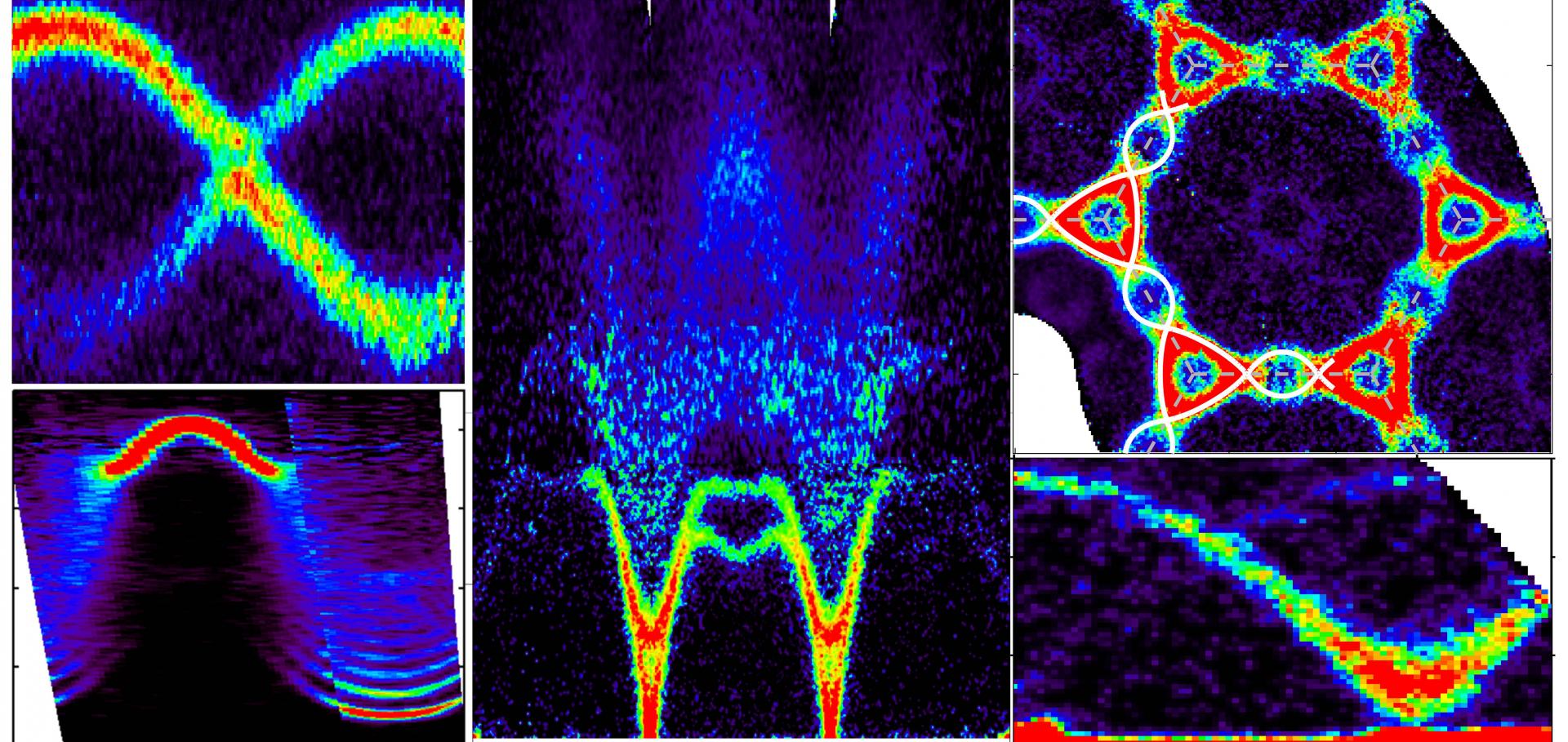Two-magnon excitations observed by neutron scattering in the two-dimensional spin-5/2 Heisenberg antiferromagnet Rb2MnF4
ArXiv cond-mat/0504684 (2005)
Abstract:
The low-temperature magnetic excitations of the two-dimensional spin-5/2 square-lattice Heisenberg antiferromagnet Rb2MnF4 have been probed using pulsed inelastic neutron scattering. In addition to dominant sharp peaks identified with one-magnon excitations, a relatively weak continuum scattering is also observed at higher energies. This is attributed to neutron scattering by pairs of magnons and the observed intensities are consistent with predictions of spin wave theory.Three-dimensional spin fluctuations in Na0.75CoO2
Physical Review Letters 94 (2005) article 157206 4pp
Ground states of a frustrated spin-1/2 antifferomagnet: Cs_2CuCl_4 in a magnetic field
(2005)
Ground states of a frustrated spin-1/2 antifferomagnet: Cs_2CuCl_4 in a magnetic field
ArXiv cond-mat/0501347 (2005)


